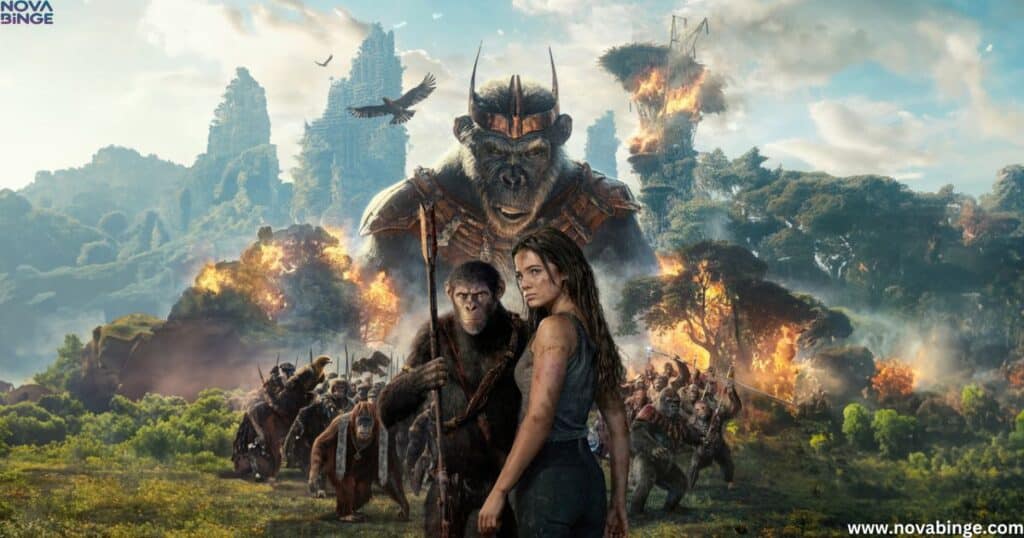The Kingdom of the Planet of the Apes, directed by Wes Ball, marks an exciting chapter in the beloved Planet of the Apes reboot series. Filmed in stunning locations across New South Wales, Australia, this film showcases a unique blend of nature and technology.
Let’s dive into the key filming locations that bring this captivating world to life and explore how these settings enhance the narrative.
New South Wales: The Heart of Filming
New South Wales, known for its diverse landscapes ranging from coastal cities to lush hinterlands, serves as the primary backdrop for Kingdom of the Planet of the Apes.
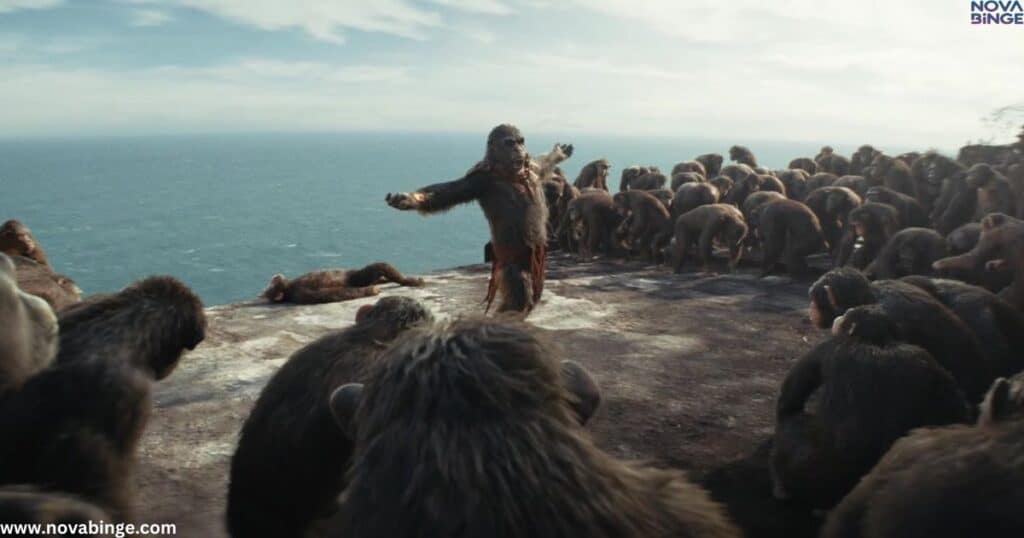
The region’s varied terrain provides a perfect canvas for the film’s intricate world-building, enabling filmmakers to create environments that reflect both the beauty and the challenges of the apes’ society.
Sydney: Urban Jungle Meets Cinematic Landscape
Sydney, Australia’s vibrant capital, isn’t just famous for its iconic Opera House and Harbour Bridge; it also plays a significant role in Kingdom of the Planet of the Apes. The film uses several urban sites to juxtapose the natural beauty of the ape world with the remnants of human civilization.
- Key Locations in Sydney:
- The Royal Botanic Garden: Filming took place here to capture the lush greenery that contrasts with the city’s skyline.
- Barangaroo Reserve: The mix of modern architecture and natural landscapes provided ideal settings for pivotal scenes.
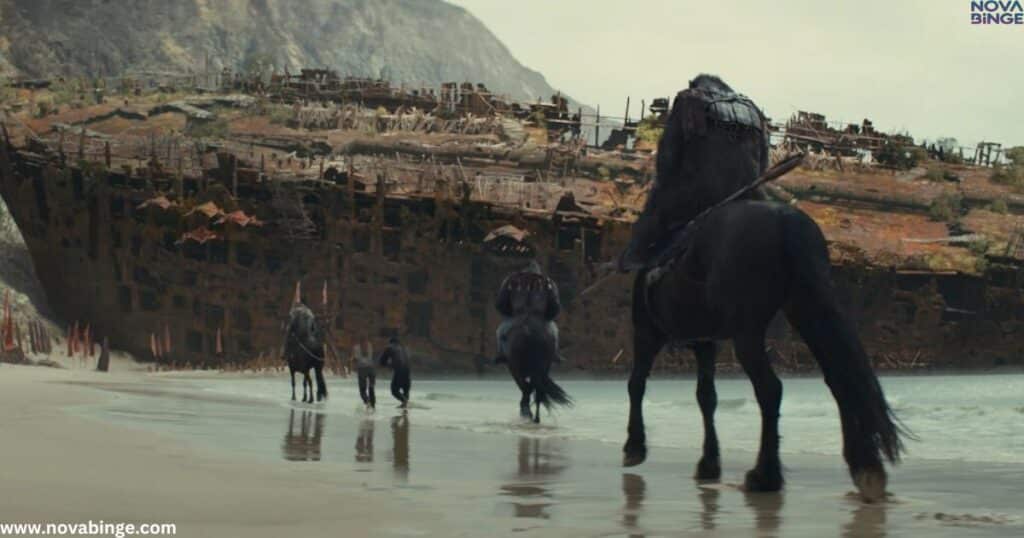
This dynamic blend of environments enhances the film’s storytelling, showing the clash between the remnants of humanity and the rise of a new civilization.
Helensburgh: Nature’s Playground
Nestled in the lush forests just south of Sydney, Helensburgh offers a perfect setting for the Planet of the Apes series. With its rugged landscapes and dense woodlands, this area brings an authentic feel to the film.
- Helensburgh Highlights:
- Illawarra Escarpment: The dramatic cliffs and views serve as a breathtaking backdrop for key action sequences.
- Local Parks and Reserves: These areas provided locations that mirror the natural habitats of the apes, helping to ground the film in realism.
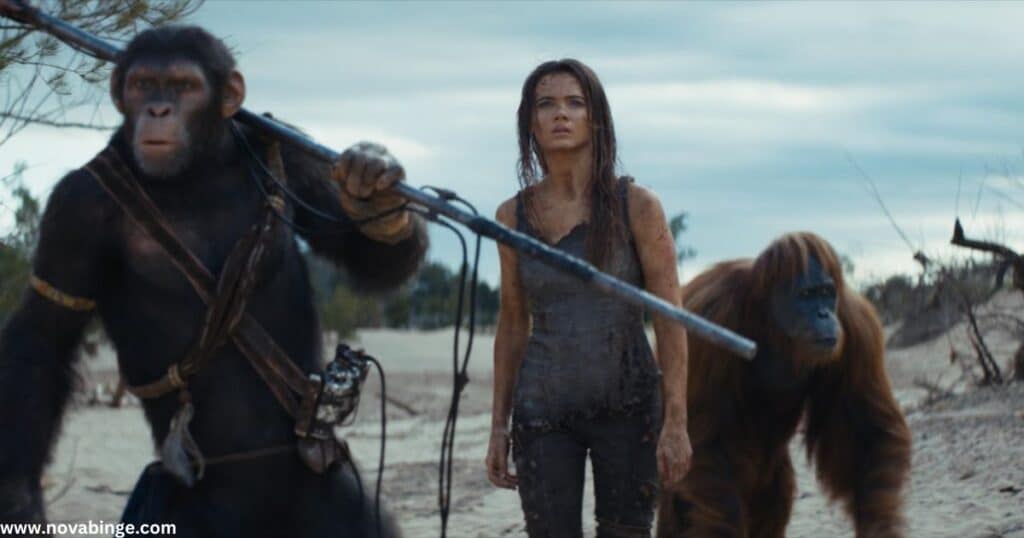
The natural beauty of Helensburgh plays a crucial role in creating an immersive experience, allowing viewers to feel the weight of the environment on the characters’ journeys.
Wollongong: Coastal Beauty Meets Adventure
Wollongong, known for its stunning coastline and surrounding hills, also contributes to the rich tapestry of Kingdom of the Planet of the Apes. The film taps into the area’s scenic vistas and diverse ecosystems.
- Wollongong Filming Spots:
- Wollongong Harbour: Scenes shot here highlight the contrast between human settlements and the natural world.
- Mount Keira: The panoramic views from this mountain not only look visually stunning on screen but also symbolize the heights of the apes’ achievements.
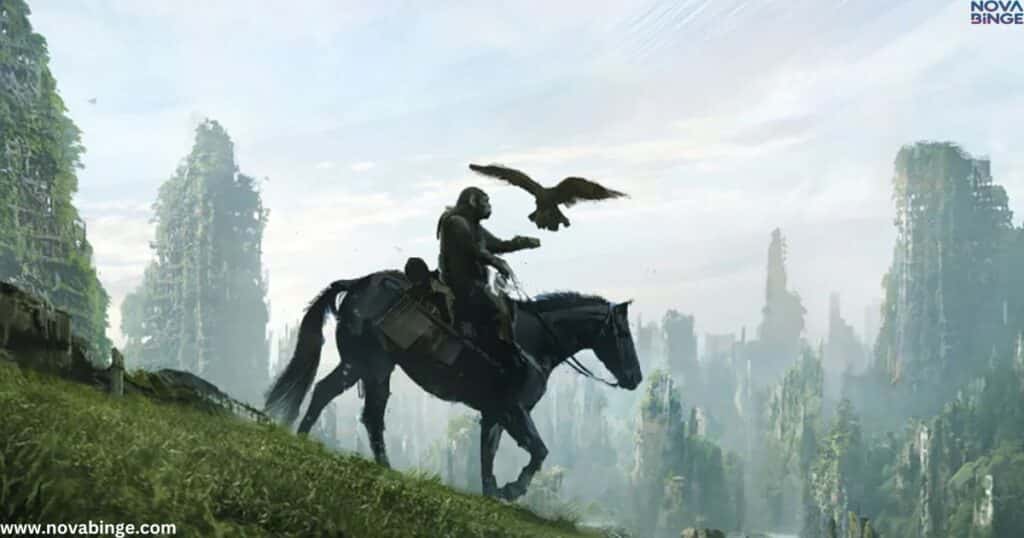
These locations add depth to the film’s narrative, underscoring themes of survival and evolution in a changing world.
Illawarra: A Region of Diverse Landscapes
The Illawarra region encompasses a mix of coastal areas, mountains, and lush valleys. This geographic diversity allowed filmmakers to create a range of environments that represent different facets of the ape world.
- Key Features of Illawarra:
- Scenic Parks: Locations like the Nattai National Park provided dense forests ideal for filming action scenes.
- Rural Settings: The contrast between urban and rural landscapes enriches the film’s visual storytelling.
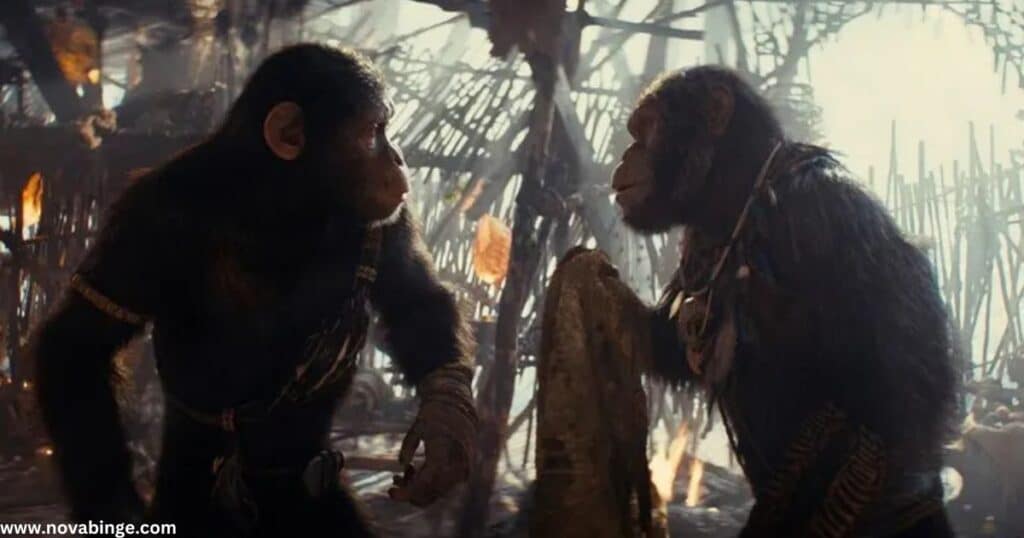
The varied topography of Illawarra not only beautifies the film but also adds layers of meaning, highlighting the struggles of the apes as they navigate through their evolving world.
Read more about this: Bad Boys: Ride or Die Filming Locations
Behind the Scenes: Crafting the Ape World
Creating the immersive world of Kingdom of the Planet of the Apes involved more than just selecting picturesque locations. The production team faced several challenges, from coordinating complex stunts to using advanced motion-capture technology. This cutting-edge technology allowed filmmakers to bring the characters to life in ways that feel authentic and compelling.
- Key Behind-the-Scenes Insights:
- Casting and Performance: Actors like Noa Mae and others underwent extensive training to perform alongside motion-capture suits, ensuring their movements accurately represented the apes.
- Collaboration with Local Experts: The production team worked closely with local authorities and environmentalists to preserve the natural beauty of the filming locations.
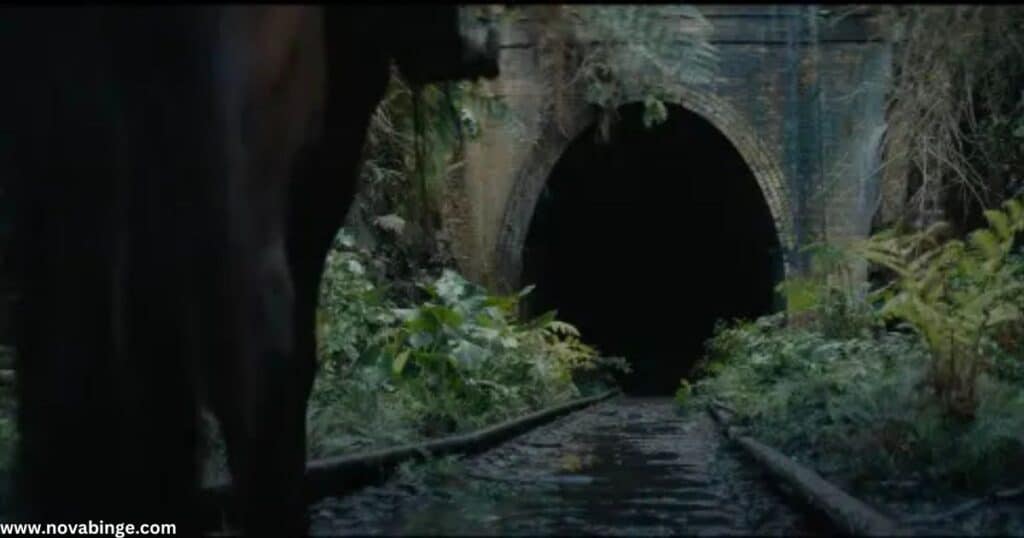
This commitment to authenticity not only enriched the film’s visual appeal but also enhanced the narrative’s emotional depth.
The Impact of Filming Locations on Storytelling
The chosen filming locations do more than serve as a backdrop; they significantly impact the story and character development. Each setting reflects themes of survival, evolution, and the complex relationship between humans and nature.
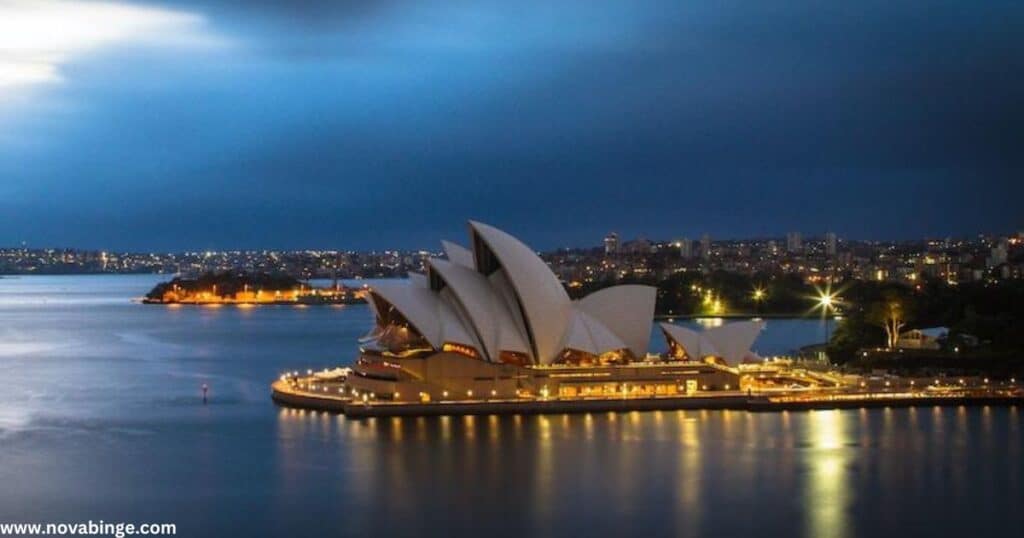
- Themes Explored Through Locations:
- Survival Against the Odds: The rugged landscapes symbolize the challenges faced by the apes as they strive to thrive in a post-apocalyptic world.
- Environmental Connection: The film highlights the importance of nature, showcasing how the apes adapt and live in harmony with their surroundings.
By carefully selecting and utilizing these locations, the filmmakers deepen the audience’s connection to the story, making it not just a visual experience but an emotional journey.
Official Trailer Analysis
The official trailer for Kingdom of the Planet of the Apes serves as a thrilling preview of what to expect. It captures the essence of the film through stunning visuals and dramatic sequences.
- Key Trailer Highlights:
- Action-Packed Scenes: Quick cuts showcase the intense battles and the struggle for survival.
- Visual Style: The use of natural light in the trailer hints at the film’s commitment to realism.
By analyzing the trailer, viewers can glean insights into the film’s tone and thematic focus, setting high expectations for its release.
Frequently Asked Questions (FAQs)
As excitement builds around Kingdom of the Planet of the Apes, fans often have questions about the film’s locations and production. Here are some common inquiries:
- What are the most iconic filming locations?
- Locations like Sydney’s Royal Botanic Garden and Helensburgh’s Illawarra Escarpment stand out as memorable backdrops.
- How did the filmmakers choose New South Wales?
- The region’s diverse landscapes and natural beauty made it an ideal choice for portraying the film’s complex environments.
- Were there any notable changes made during filming?
- The production team adapted certain scenes to align with environmental considerations and local regulations.
- Can fans visit the filming locations?
- Many filming locations, such as those in Sydney and Wollongong, are accessible to the public, allowing fans to experience the magic firsthand.
- What impact did the locations have on the film’s production?
- The unique characteristics of each location helped shape the story, influencing both the narrative and the visual aesthetic.

Conclusion
Kingdom of the Planet of the Apes beautifully showcases the breathtaking landscapes of New South Wales. From the urban environments of Sydney to the natural beauty of Helensburgh and Wollongong, each location adds depth and authenticity to the film. Wes Ball’s vision, combined with advanced motion-capture technology, brings this reimagined world to life in a way that resonates with audiences.
As fans eagerly await the film’s release, it’s clear that the chosen filming locations will play a crucial role in immersing viewers in the narrative. By understanding these settings, we can appreciate the artistry behind Kingdom of the Planet of the Apes and its place within the Planet of the Apes legacy.
For anyone interested in the interplay between film and location, this movie promises a thrilling journey through some of Australia’s most stunning landscapes. Whether you’re a longtime fan or new to the series, exploring these filming sites will deepen your appreciation for this captivating story.

David Lee is a seasoned writer specializing in filming locations. With a keen eye for detail and a passion for cinema, David explores the stories behind iconic sites and shares unique insights that bring your favorite films and series to life.

